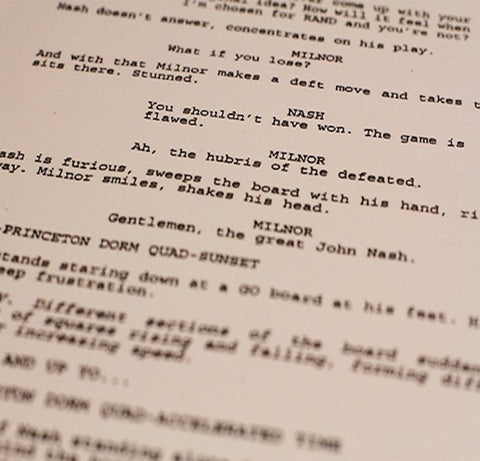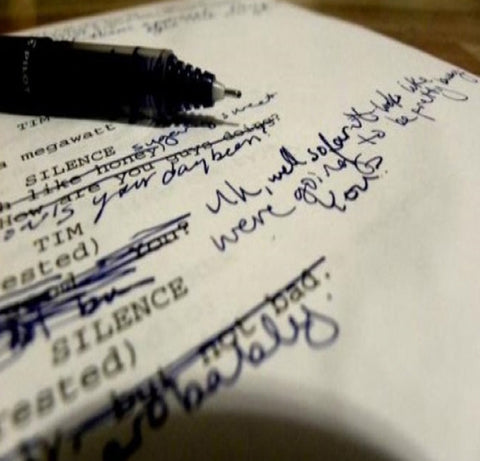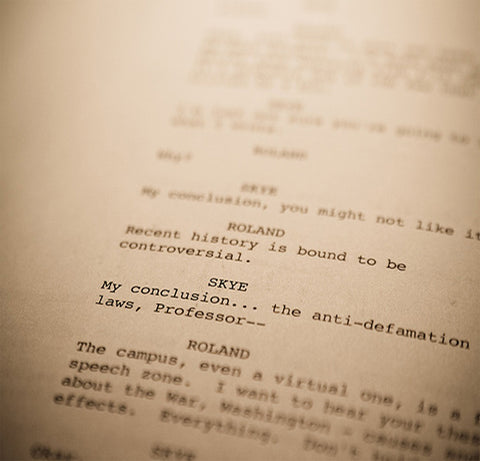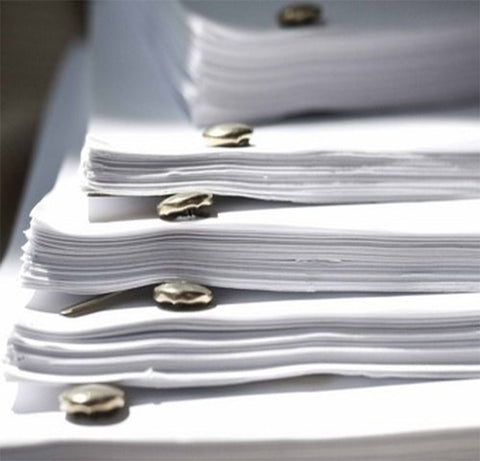
Act II Is Hard
Writing a great second act might be the toughest part of screenwriting. A great first act is just establishing the concept of the film. A great ending tends to function as a mirror of the first act, paying off the concept. But what about the second act?
The challenge of the second act is to organically complicate the concept and increasingly challenge the hero, for the longest stretch of the script. Often, this boils down to having a potent engine for the story (and the story’s conflict).
Let’s consider some examples of recent hit movies, and how they handled this dilemma.
BLOCKERS – In Act II, the parents set out to catch their daughters before they can lose their virginity on prom night. The film structures itself as a sort of chase, in the sense that the parents are often one step behind their kids. This creates a natural A/B plot structure, which allows for comedic conflict to befall both groups of characters, separately, before they intertwine in Act III. By saving the parents’ moments of reckoning with their kids for Act III, the script preserves the juiciest conflict for the end, while still having enough material (due to the A/B structure) to prop up Act II.
HEREDITARY – This film’s second act is all about exploding a narrative bomb and watching the fallout ensue (SPOILER ALERT for those who haven’t seen the film). A young girl dies a horrifically brutal death, and it decimates her family. The ratcheting up of intensity is so severe it naturally has enough repercussions to power the entire second act.
A STAR IS BORN – Act II of A STAR IS BORN is about descent and ascent, another A/B structure. Bradley Cooper’s character is falling apart from alcoholism, while Lady Gaga’s character is experiencing a meteoric rise to fame. The compare/contrast design provides organic fodder for Act II, until things must conclude in Act III.
ANNIHILATION – This film has one of the most literal “crossing the threshold” turns into Act II in recent memory, as the lead group of women literally cross a threshold into the quarantined zone. Act II then becomes about showing the audience every crazy, disturbing violation of nature in Area X in escalating fashion.
An important takeaway here is that each one of these films tackles Act II in a different way. This is part of why Act II is so tough in screenwriting. A third act climax is the most intense, conflictual moment of a film. A first act establishes the hero’s regular life and what changes about it. Act II lacks that clear definition, narratively, it’s more a free-for-all.
But if you look at the examples above, the engine for the second act is clearly defined, and then stuck to in a disciplined, precise way. Making a strong choice and going full-bore into it is one way to avoid the loose, episodic, problematic Act II that can trip up screenplays.
How do you structure your second act?




